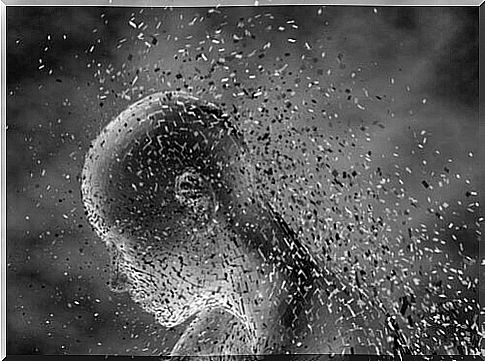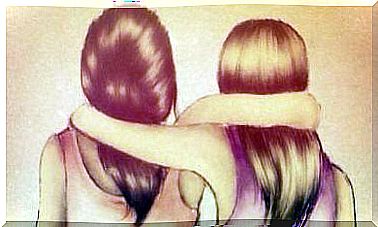What Is Panophobia: Causes, Symptoms And Treatment

Some people claim that there is no medicine for anxiety. If that’s true, then people who suffer from panophobia have no hope whatsoever. We have all experienced to some degree the sense of fear that makes people with panophobia feel weak: the fear of an unknown evil.
So that fear of the unknown has a name: panophobia. If you suffer from this phobia, don’t worry. This phobia responds reasonably well to therapy. In this article, we will discuss the definition, symptoms, and treatment of panophobia. As with other phobias, avoidance behavior will not help with this phobia.
What is Panophobia?
Panophobia is feeling a vague fear of an inexplicable threat that comes from an unknown source. It is an irrational fear that has nothing to do with a logical cause. As with other phobias, the individual with this phobia understands that his phobia makes no sense.
Experts call this phobia “fear of everything,” omniphobia, panphobia, or pantophobia. The name comes from the ancient Greek god Pan, who instills fear in people.
People with this phobia are overly concerned about an event or series of events. According to psychologists, this is a limiting phobia. It influences and determines the behavior or the person who suffers from it.

The causes of this phobia
There are several possible causes of panophobia. In general, patients do not remember when they first felt this type of fear. Often, however, they do remember when it started to become a significant source of anxiety.
Experts agree that it comes from other more specific phobias. Examples are arachnophobia or aerophobia. Those other phobias can make people more vulnerable to panophobia.
Some of the most common causes are heredity and experiencing traumatic events. Another possible cause is a personal experience such as children adopting the fearful attitude of their parents.
The Symptoms of Panophobia
How do you know if you have this problem? This phobia has many recognizable symptoms. These include an irrational fear of objects, situations, people and animals. The persistent fear that is difficult to explain is also more difficult to determine.
This phobia can make you start to avoid situations and people. If this starts to happen, then you should seek help from a professional.
If this disorder becomes severe, you may end up in a state of over-vigilance over time. In this state, your body is constantly producing adrenaline in response to that excessive alertness.
In addition, this problem is usually accompanied by other health problems such as depression, anxiety and stress. We also see it in people with low self-confidence, feelings of guilt and a low control orientation (locus of control).
Sometimes people with panophobia display a fear of losing control or a constant desire to escape from the stressful situation that they believe is causing the stress.
This phobia can also cause physical symptoms such as shaking, sweating, dizziness, palpitations, rapid breathing, vomiting, body and abdominal pain and tenseness of the body.

The treatment of this phobia
Fortunately, there are specific treatments for panophobia. Of course, any treatment will only start after a qualified psychologist has evaluated the situation. The specialist then creates a treatment plan tailored to the patient’s needs.
These are some of the tools psychologists often use to treat panophobia.
- Systematic desensitization: This treatment aims to reduce the fearful reactions during exposure to the situations and objects of which the patient is afraid. The goal is to end the flight response.
- Cognitive Behavioral Therapy : This type of therapy studies the irrational and distorted beliefs that led the person to develop the phobia. As a result, the patient can stop seeing them as dangerous.
- Self-instruction: This treatment follows on from the previous one. It consists in changing one’s behavior by verbalizing the situation that is causing the fear.
- Mindfulness: This is a complementary therapy. It invites the patient to be in the present moment. They must then focus on the here and now. They must also accept the unpleasant feeling as part of the experience and let go of control.
- Medication: In severe cases, it may also be necessary to prescribe medication. So if the patient suffers from a severe phobia, doctors can prescribe medication.
We conclude with this. So you can see that there are many tools available to treat panophobia. However, we haven’t mentioned one thing yet.
It is a key ingredient in the treatment: the attitude of the patients. They must be willing to work hard and have confidence in the specialist in charge of their case.







